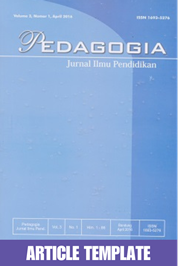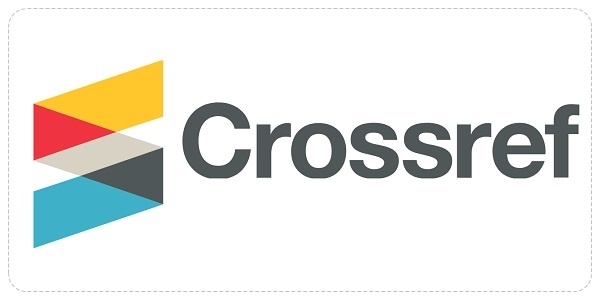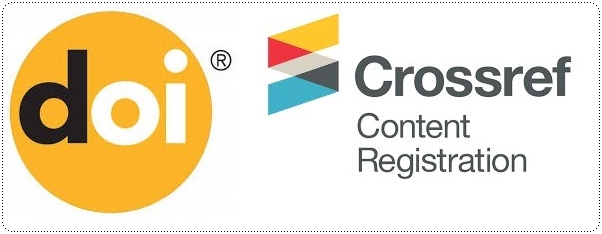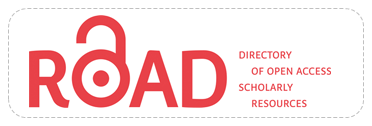PERSEPSI, KESADARAN, DAN MOTIVASI MAHASISWA: PERBANDINGAN ANTARA MODEL PBL DAN PRESENTASI KELOMPOK
Abstract
Abstrak
Salah satu keterampilan yang harus dimiliki oleh seorang guru Sekolah Dasar (SD). Tujuan dari penelitian ini adalah untuk mengidentifikasi persepsi mahasiswa PGSD UPH tentang pemanfaatan alat peraga pada pembelajaran IPA SD melalui implementasi Project Based Learning (PjBL). Penelitian deskriptif ini dilakukan dengan menggunakan pendekatan kuantitatif. Data dalam penelitian ini dikumpulkan menggunakan beberapa instrumen, baik itu kuesioner, dokumentasi, dan observasi. Sampel dalam penelitian ini ditentukan dengan menggunakan teknik purposive sampling; yaitu 63 orang mahasiswa PGSD tahun kedua PGSD (semester 4) yang mengambil mata kuliah Sains dan Teknologi. Setelah penerapan PjBL, hasil menunjukkan bahwa persepsi mahasiswa sangat positif terhadap media ajar untuk pembelajaran IPA, begitu juga persepsi mahasiswa terhadap manfaat media ajar bagi siswa SD. Persepsi mahasiswa calon guru inilah yang mengembangkan interpretasi mahasiswa, yang kemudian membuahkan tindakan pengambilan keputusan yaitu respon kesiapan dan kemauan untuk menggunakan media ajar alat peraga untuk pembelajaran IPA. Penelitian ini selanjutnya dapat dikembangkan dengan melakukan uji efektivitas implementasi PjBL terhadap persepsi mahasiswa.
Abstract
The nursing profession needs to have generic skills, such as critical thinking, good assessment, and communication, as well as the ability to balance multiple tasks at the same time. However, many nurses do not possess these abilities and are still accepted to work. It is essential to innovate the right model to produce graduates to fulfill the needs of the work profession. Therefore, the purpose of this research was to compare students' perceptions, awareness, and motivation towards the PBL model, and the Assignment and Presentation model on student generic skills. The research was carried out in the form of a quantitative experiment among students taking a Biochemistry course. The control and experiment classes were carried out in synchronous and asynchronous modes. At the end of the study, it was found that the perceptions, awareness and motivation of students in the Aalborg PBL model were higher than those in the Assignment and Presentation model. Furthermore, the Aalborg PBL model was following the characteristics of generation Z students who took the Biochemistry course. Consequently, this may improve the generic skills of those in the nursing profession.
Keywords
Full Text:
PDF (Bahasa Indonesia)References
Barge, S. (2010). Principles of problem and project based learning: The Aalborg PBL model. Aalborg University.
Mohamad, H. B. (2017). The Impact of Problem-based Learning on Students' Competencies in Technical Vocational Education and Training. Aalborg Universitetsforlag.
De Graaff, E., & Kolmos, A. (2003). Characteristics of Problem-Based Learning. International Journal of Engineering Education, 19(5), 657–662.
Francis, T., & Hoefel, F. (2018). ‘True Gen’: Generation Z and its implications for companies. McKinsey & Company.
Goldsmith, M. (2008). Getting to know gen why. BusinessWeek.
Graaff, E. de, & Kolmos, A. (2019). History of Problem-Based and Project-Based Learning. In Management of Change.
Hampton, D. C., & Keys, Y. (2016). Generation Z students: Will they change our nursing classrooms? Journal of Nursing Education and Practice, 7(4), 111–115.
Hmelo-Silver, C. E. (2004). Problem-based learning: What and how do students learn? In Educational Psychology Review.
Hmelo-Silver, C. E., & Barrows, H. S. (2006). Goals and Strategies of a Problem-based Learning Facilitator. Interdisciplinary Journal of Problem-Based Learning. 1(1), 4.
Khoshnevisasl, P., Sadeghzadeh, M., Mazloomzadeh, S., Feshareki, R. H., & Ahmadiafshar, A. (2014). Comparison of problem-based learning with lecture-based learning. Iranian Red Crescent Medical Journal. 16(5).
Kolmos, A., de Graaff, E., & Du, X. (2019). Diversity of PBL – PBL Learning Principles and Models. In Research on PBL Practice in Engineering Education.
Kolmos, A., & Holgaard, Jette Egelund, Dahl, B. (2013). Reconstructing the Aalborg model for PBL. In 4rth International Research Symposium on PBL.
Kolomos, A., Fink, F. K., & Krogh, L. (2004). The Aalborg PBL model -- progress, diversity and challenges. Aalborg Pbl Model : Progress, Diversity and Challenges.
Krisdianto, M. A., & Kusumawati, W. (2019). Faktor-Faktor Yang Mempengaruhi Kelulusan Uji Kompetensi Ners Indonesia (UKNI). The Indonesian Journal of Health Science, 11(1), 1-8.
Malat, L., Vostok, T., & Eveland, A. (2015). Getting to Know Gen Z: Exploring Middle and High Schoolers’ Expectations for Higher Education. Barnes&Noble College.
Mohr, K. A. J., & Mohr, E. S. (2017). Understanding Generation Z students to promote a contemporary learning environment. Journal on Empowering Teaching Excellence, 1(1), 9.
Murdoch-Eaton, D., & Whittle, S. (2012). Generic skills in medical education: Developing the tools for successful lifelong learning. Medical Education.
Ncver. (2003). Defining generic skills At a glance. Ncver 2003, 1–12.
Riduwan. (2007). Skala Pengukuran Variabel-variabel Penelitian. In Alfabeta, Bandung.
Schmidt, H. G., Rotgans, J. I., & Yew, E. H. J. (2011). The process of problem‐based learning: what works and why. Medical education, 45(8), 792-806.
Schroth, H. (2019). Are you ready for gen Z in the workplace? California Management Review.
Seemiller, C. (2017). Motivation, learning, and communication preferences of generation Z students. eHearsay, 4.
Seemiller, C., & Grace, M. (2017). Generation Z: Educating and Engaging the Next Generation of Students. About Campus.
Shari, W. W. (2015). Sistem Pendidikan Keperawatan di Indonesia. Kompas. https://www.kompasiana.com/www.weniwidyasharikompasiana.com/55297abb6ea834c04b8b456b/sistem-pendidikan-keperawatan-di-indonesia.
Geraci, J., Palmerini, M., Cirillo, P., & McDougald, V. (2017). What Teens Want from Their Schools: A National Survey of High School Student Engagement. Thomas B. Fordham Institute.
Wibrow, B. (2011). Employability Skills at a glance. National Institute Economic Review.
Williams, A. (2015). Move Over, Millennials: Here Comes Generation Z. New York Times.
DOI: https://doi.org/10.17509/pdgia.v18i2.26786
Refbacks
- There are currently no refbacks.
INDEXED BY

This work is licensed under a Creative Commons Attribution-ShareAlike 4.0 International License















